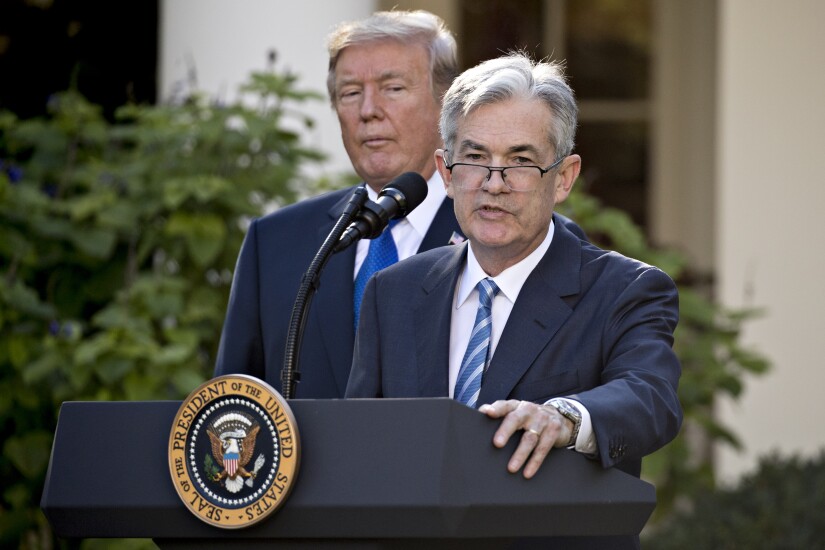WASHINGTON — The Federal Reserve on Friday slapped Wells Fargo with an unprecedented enforcement action — one of the harshest it has ever handed down — but the message it sent went far beyond a single institution.
The
Reaction to the news was swift and severe. Wells’ share price dropped more than 6% in after-hours trading, and Sen. Elizabeth Warren, D-Mass., praised the recently departed Fed Chair Janet Yellen for removing members of the bank’s board of directors in response to its phony-accounts scandal, which came to light in 2016.
“For months, I have repeatedly pressed Janet Yellen to hold Wells Fargo accountable for its fake-accounts scam and push out responsible board members,” Warren said. “Today she did it — in her last act as Fed chair. Fines alone will never rein in fraudulent behavior at the big banks and by pushing out board members at Wells Fargo, Chair Yellen sends a strong message.”
The Fed’s order does not require any members of Wells Fargo’s board of directors to be removed, nor did Yellen or the Fed take credit for their ouster.
But the announcement sent ripples through the financial regulatory world, signaling a new era at the Fed and continuing trouble for Wells and other big banks.
"The Fed’s actions were likely meant to serve as a warning to other banks just as much as they were meant to discipline Wells," said Brian Tayan, a researcher with the corporate governance research initiative at Stanford Graduate School of Business. "Severe actions are likely to get a lot of bank board members’ attention, and it looks like they succeeded."
Here are some key takeaways from the order:









